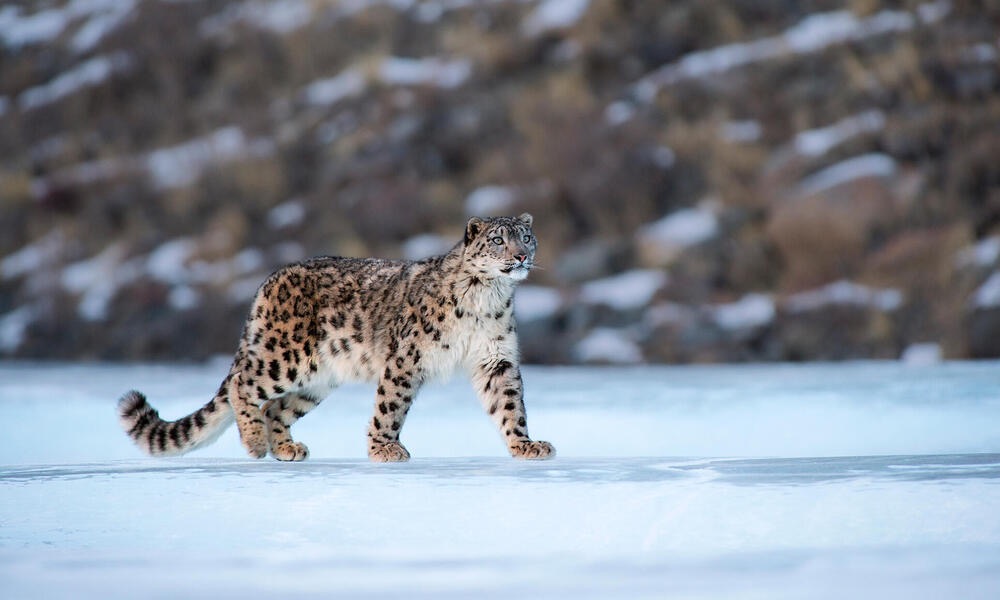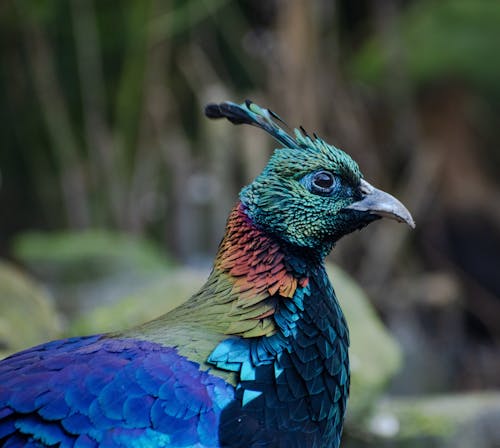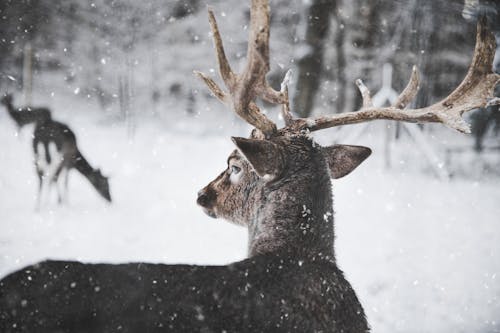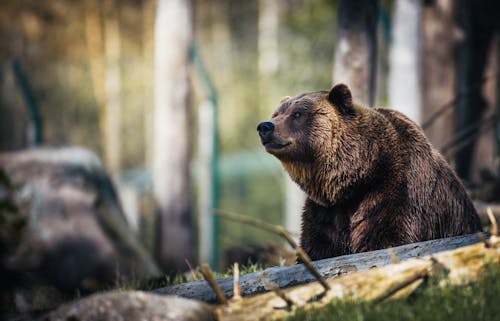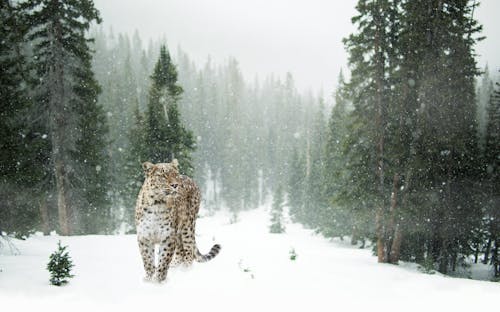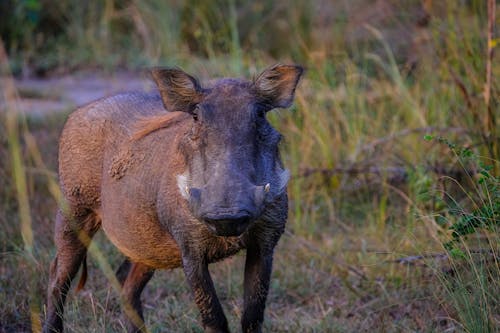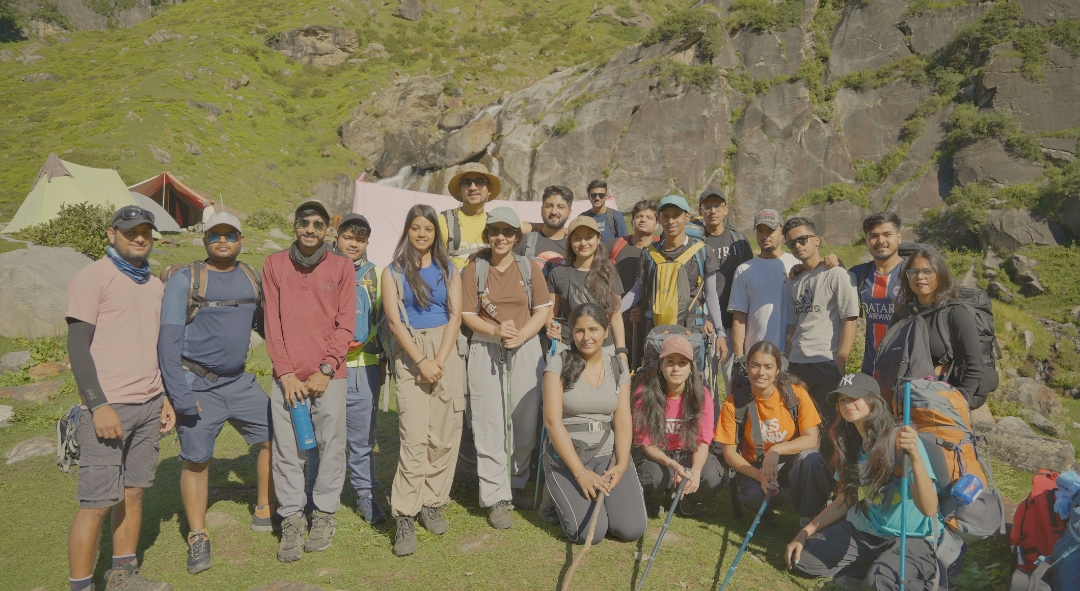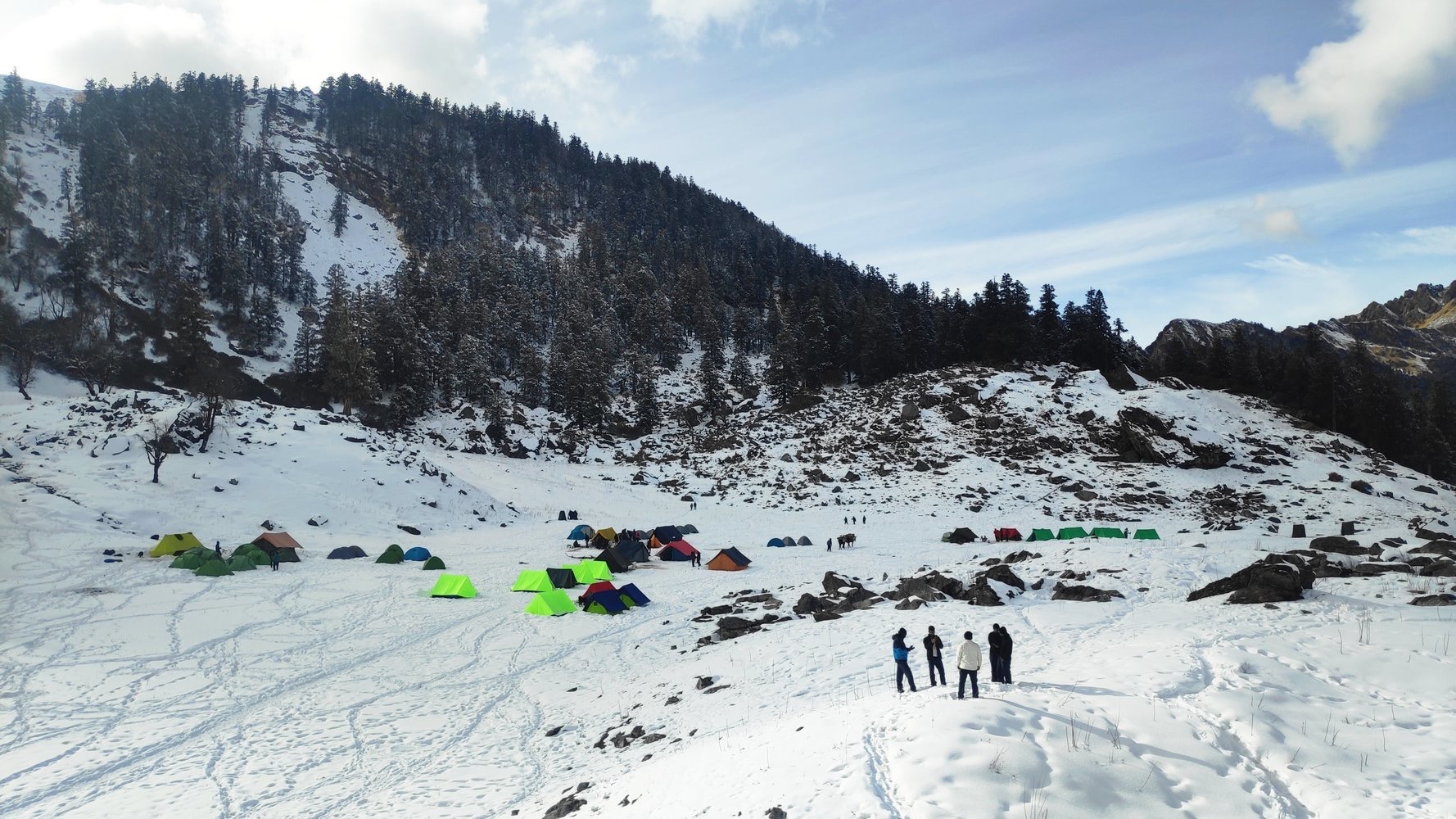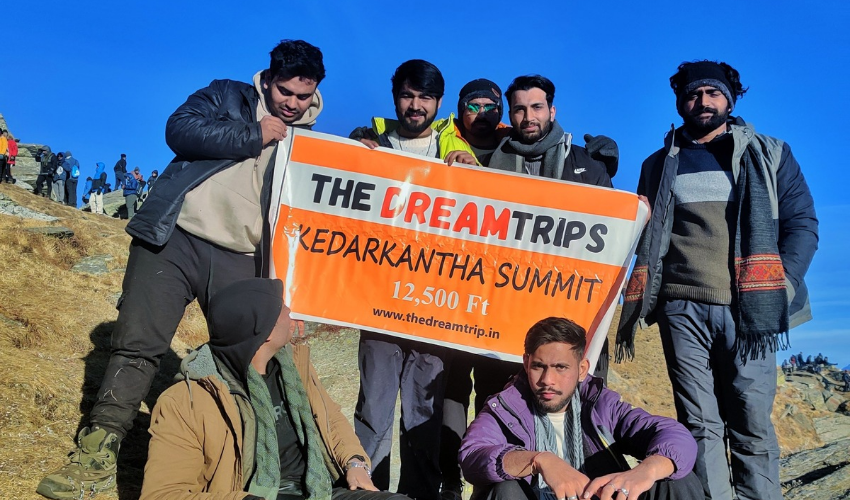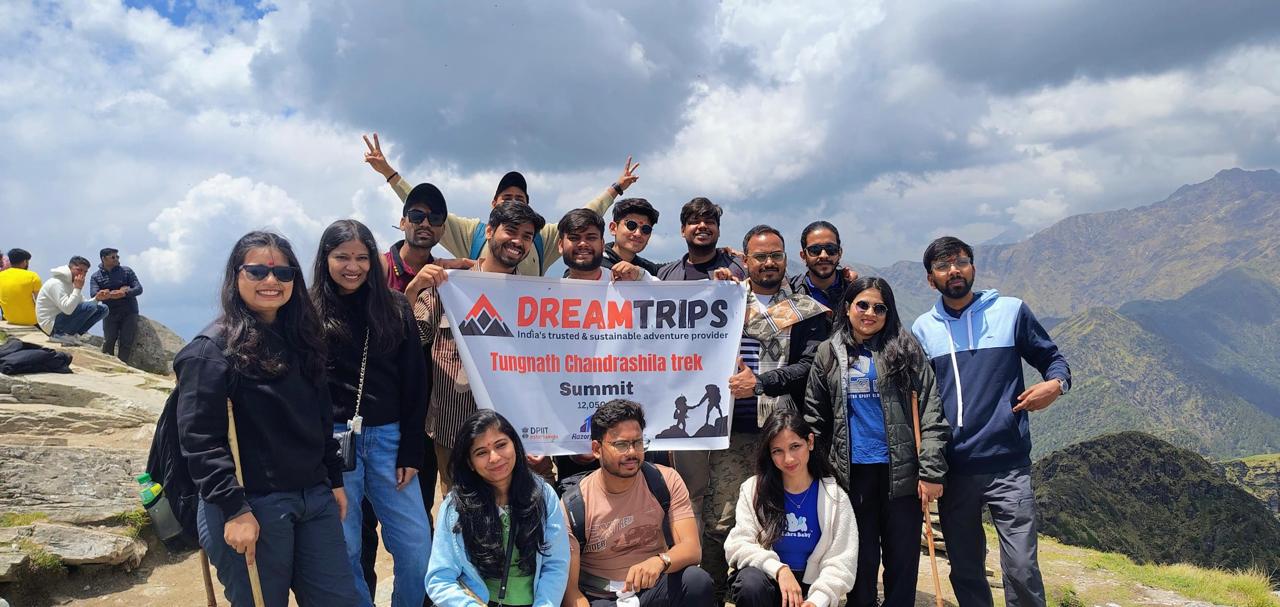
Discover the Hidden Wildlife of Kedarkantha
Kedarkantha trek is considered as one of the most mesmerizing winter treks of India. It is located in the Garhwal division of Uttaranchal. The beautiful views of Glaciated trail, ice covered peaks and peaceful alpine pastures certainly makes the trek more lovable. For animal lovers and wildlife fans, Kedarkantha offers an added advantage of scaling the mighty mountains while also providing an opportunity for wildlife spotting.
This Blog brings you the serene beauty of different species of birds and animals which you will find on this trek. With the altitude increasing, the natural vegetation around you will start to change and that is truly mesmerizing. Exploring through this beauty of Wildlife will surely be worth it.
The Kedarkantha Trek: An overview
Let’s picture about the Kedarkantha trek first before diving into the wildlife aspect of the trek. Lying at the soaring height of 12,500 feet (3,800 meters) , the trek is a moderate level walk, thus, it is suited for amateurs, all the way to seasoned trekkers. The trek route typically requires four to six days to finish, a distance which includes thick walls of pine and oak forests and wide meadows before culminating at the beautiful peak of Kedarkantha.
The base camp is located in the Sankri village, which is from where the trek begins. This course, allows trekkers to cross picturesque settlements, mesmerizing forests and snow- dipped areas, as they relish the astounding views of the great Himalayas.
A Glimpse of Wildlife on the Kedarkantha Trek
Kedarkantha trek is a mixture of both habitat and the measures trekkers face as shelter. The route of the trek crosses the Govind Wildlife Sanctuary. A lot of animals can be found in this South protected region. Below is a brief overview of some of the most commonly recollected animals and birds you are likely to see during your walk around the place.
1. Monal of the Himalayas
The Himalayan Monal, whose scientific name is Lophophorus impejanus, is designated as the Uttarakhand state bird, and it quite possibly is the most popularly recognized avian in the Kedarkantha trek. The beautiful bird that sports a combination of vibrant colors including green, blue, and red, the Himalayan Monal looks stunning against the icy mountains of the region. It is rare and quite satisfying to come across with this stunning bird which darts between the trees or settles on a branch of a tree.
2. Tibetan Bear
A Ursus thibetanus, a Tibetan Bear resides in the Kedarkantha area, which is known for its abundance in wildlife. These bears are more of nocturnal in nature but can mostly be observed at night or in certain instances daylight. They tend to be elusive and avoid humans, but for trekkers walking through bear territory, it is advisable to take precautions. If luck is on your side, there is a chance you will see one scavenging for food in thick jungles by the sides of the path.
3. Musk Deer
During the Kedarkantha trek, Musk Deer which bear the scientific name Moschus moschiferus can also be spotted on steep altitudes. These deer are easily recognizable by the musk they emit and for their surefootedness. They don’t appear very often but if you keep quiet for a while and are a tad bit lucky, you may have one make a rare appearance in front of you.
4. Asiatic Black Bear
The Asiatic Black Bear which has a shiny black coat and with a white patch on the chest is a considerable component found in the Himalayas. These bears are usually always alone and live in thick forests which covers them well hence why sieving through the thick wilderness proves to be difficult for trekkers. However, trekkers might get the opportunity to spot their paw impressions or areas where they were active.
5. Leopards and Snow Leopards
The leopard (Panthera pardus) and the snow leopard (Panthera uncia) the former can be found in the Kedarkantha region itself, the latter is more elusive because it blends well with snowy and rocky hills. But they also exist in the upper portions of the trek so it’s a matter of luck if one spots them. There’s the occasional leopard who can also be found along the trek as well.
6. Different species of Birds
Kedarkantha trek is great for birdwatchers in fact a few other species can be seen along the way: Himalayan Monal, White-caped Water Redstart, Blue whistling thrush, Common Redstart, Belted King Fisher, Golden Eagle, and Vultures. There'll be their sings and the sight of these beautiful birds flying over which truly is commendable.
7. Wild Boar
Another species that might be seen during your expedition is the wild boars. They are more active in lower hilly areas and usually live in packs. Wild boars have large size noses and possess rough toughs. Typically boars are not hostile to people, however, if you happen to see them it would be advisable to move away quietly.
Flora Along the Kedarkantha Trail
Apart from the fauna which is the prime interest, the Kedarkantha trek has quite a variety of flora which encompasses the attractiveness of this region. The trees surrounding the path consist of a mixture of oak, pine , deodar as well as rhododendron. Such trees are not only dwelling for the fauna but they also provide a beautiful green cover which enhances the picturesque aspect of the whole trek.
As trekkers get closer to the top in the alpine meadows, they can see and quite a few range of wild flowers growing in the area which further adds bright different colours to the regional display. The famed Blue Poppy flower of Himalayas is for particular and specific months during the season and it is extremely difficult to see it in its full bloom.
When to See the Wildlife
The perfect time to explore the beauty of Wildlife in the Kedarkantha trek is during spring and autumn although Kedarkantha is famous for its ice covered peaks and frozen lakes in the winter season. Due to the moderate temperature, it becomes easier to roam around the forests and meadows in those periods. During the winter season, spotting animals like Himalayan Monal and Musk Deer becomes a challenge because of the thick blanket of snow, though their footprints are visible along the paths.
Ways to Stay Safe while Wildlife Viewing
Kedarkantha Trek takes you through a number of pristine meadows and snow-clad mountains, wildlife spotting on this trek could be one of the quite interesting experiences. But there are few precautions which are for the safety of trekkers in general and wild animals:
- Remain still, quiet and calm: Sudden movements or loud sounds would frighten animals away making it difficult for enthusiasts to catch the glimpse. Observe from a distance without making any noise.
- Do not disturb the wildlife: Avoid feeding or trying to be physically close to any wildlife. Maintain distance to refrain from startling them.
- Listen to your guide: Your trek guide has a lot of experience with regards to the behavior of animals. Always listen to him/her so that you are safe and comfortable.
- Don’t go for the trek by yourself: Walking out alone during these times may not be safe rather going out with a group is safer since there are wild animals around.
Conclusion
The Kedarkantha trek is perfect for animal lovers. The variation of fauna including the colorful Himalayan Monal, aloof Musk Deer, and fierce Himalayan Black Bear are the highlights of this trek. Walking in deep forests or wide opened alpine pastures or where everything is white with snow would provide an added incentive. the possibility of viewing these animals throughout the journey will certainly be an exciting experience.
For professional trekkers or any novice, Kedarkantha trek is a lifetime endeavor for everyone interested in wildlife. So, get ready to pack your bags, tighten those boots and prepare yourself for an engaging expedition in the Himalayan range!

